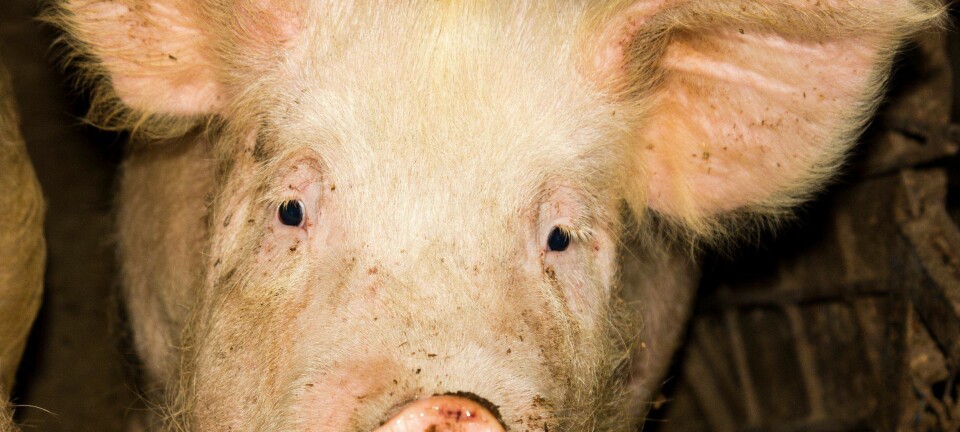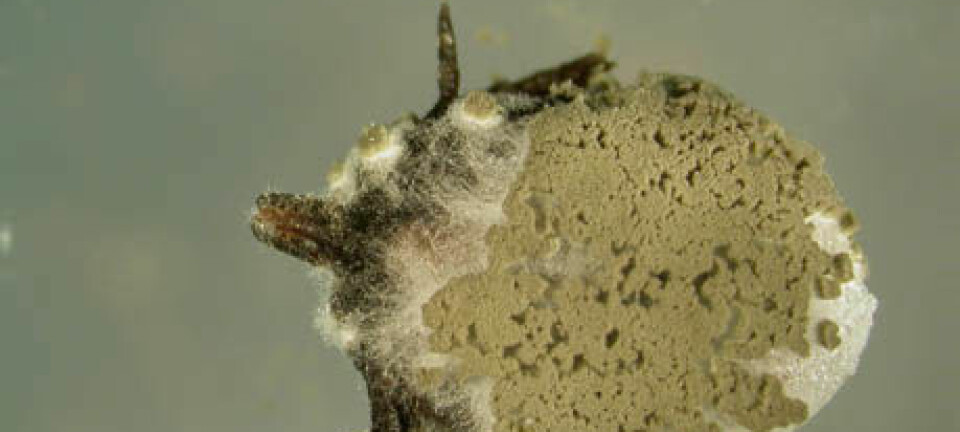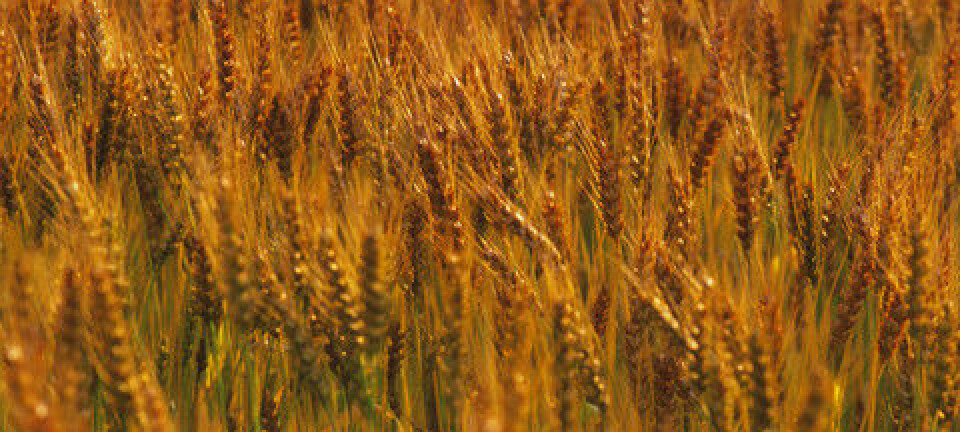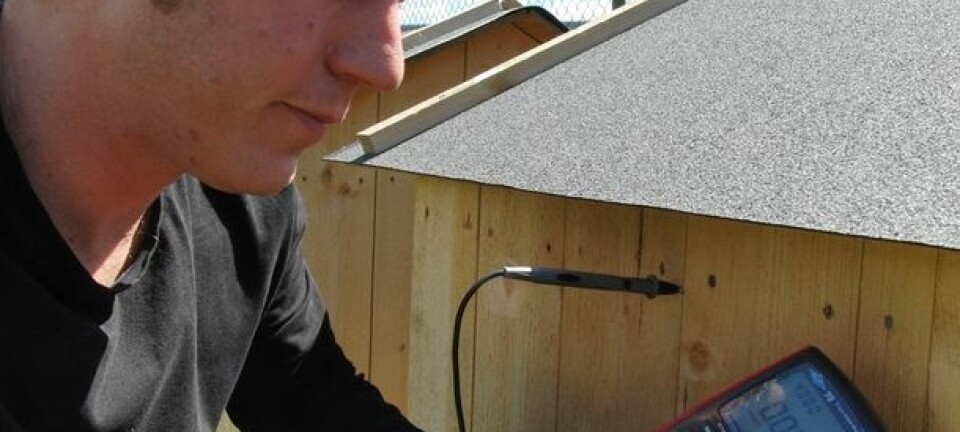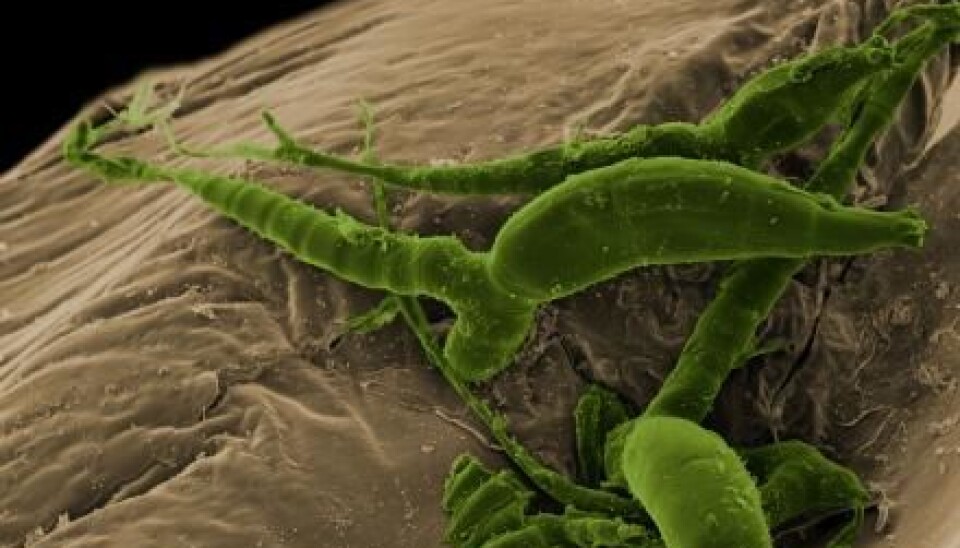
Scientists to investigate a strange fungus that attacks millipedes
Little known parasitic fungi will be examined closely for the first time.
Millipedes from caves in southern Europe are infected with a strange fungus that most of all resembles something from a horror movie.
When the fungal spores find their way to the millipede, they drill down through the centipede's outer shell and start sucking away at all the nutrients inside the animal. Unfortunately for the millipede, it cannot do anything about it.
However, the millipede doesn't die from the fungal infection -- it lives on with the fungus poking halfway out from it.
For too long, scientists have not known too little about the fungus' biology, but this ends now, say scientists from the University of Copenhagen, who are on the verge of beginning a new study of the strange fungus.
The scientists also hope to discover new forms of antibiotics or other interesting properties in the secretes excreted by the fungus.
“It's the first time that anyone is studying these fungi,” says postdoc Ana Sofia Pereira Serrenho Reboleira from the Natural History Museum of Denmark at University of Copenhagen. “For example, one can imagine that these fungi secrete some intersting substances that could be used in medicine.”
Millipedes to receive thorough examination
The fungus belongs to an order of parastic fungi known as Laboulbeniales that are also known to infect insects such as ladybirds, flies, spiders, and mites. Scientists have discovered around 2,000 different species within the order, yet very little is known about them.
To change that, Reboleira is going to closely study fungi found on millipedes collected from caves in Portugal, Spain, and Italy.
The fungi spread to other millipedes when the insects mate -- however, the scientists suspect that the fungi could also spread without the millipedes touching each other. This is one of the theories that the scientist would like to test.
“We have a theory that they can infect new hosts without the millipedes touching each other”, says Reboleira. “We imagine they can be transferred through the mud in the caves where the millipedes live”.
New species to be discovered
In the study, the fungi will be subject to extensive microscopic, genetic, and biological examinations performed in collaboration with Professor Henrik Enghoff from the University of Copenhagen and Professor Sergi Santa Maria from the Universitat Autonoma de Barcelona.
The first step is to describe the fungi -- and any other species of fungi that the scientists might discover while they're at it.
“When it comes to parasitic fungi it's an unknown world. There's a huge potential here to find new species,” says Reboleira. The group has already identified four new species and Reboleira is confident they'll find more.
Apart from describing new species, Reboleira will also find out more about the fungal biology.
“We're starting from scratch because no one has ever looked into this before. This makes it very exciting,” she says.
---------------
Read the original story in Danish on Videnskab.dk
Translated by: Louisa Field
